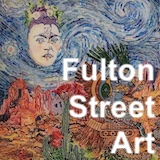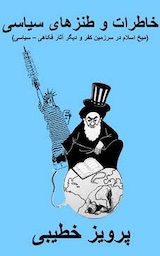The New Yorker:
Kamala Harris spoke of creating an “opportunity economy,” a vague idea more likely to appeal to entrepreneurs than to struggling workers.
By Eyal Press
In July, 2016, at the Democratic National Convention, in Philadelphia, Senator Chuck Schumer was asked whether he thought that, in the coming election, the anxiety about wages and jobs among working-class voters in states like Pennsylvania might benefit Donald Trump. Schumer dismissed the concern. “For every blue-collar Democrat we will lose in western P.A., we will pick up two, three moderate Republicans in the suburbs of Philadelphia, and you can repeat that in Ohio and Illinois and Wisconsin,” he said.
The election exposed the fallacy of his assumption. That November, Hillary Clinton won a majority of voters with college degrees. It wasn’t enough in places like Wisconsin and Pennsylvania, where Trump prevailed among the far larger pool of voters without such degrees—the welders, truck drivers, and factory workers who for several generations had formed the base of the Democratic Party, back when it was known for championing what F.D.R. called “the forgotten man.” Once in office, Trump rewarded the workers who had supported him by weakening labor protections and giving tax cuts to the rich. But his victory underscored the potency of his xenophobic brand of right-wing populism, which was fuelled by resentment toward élites and by frustrations simmering in communities whose working-class residents felt left behind.
Go to link










Comments